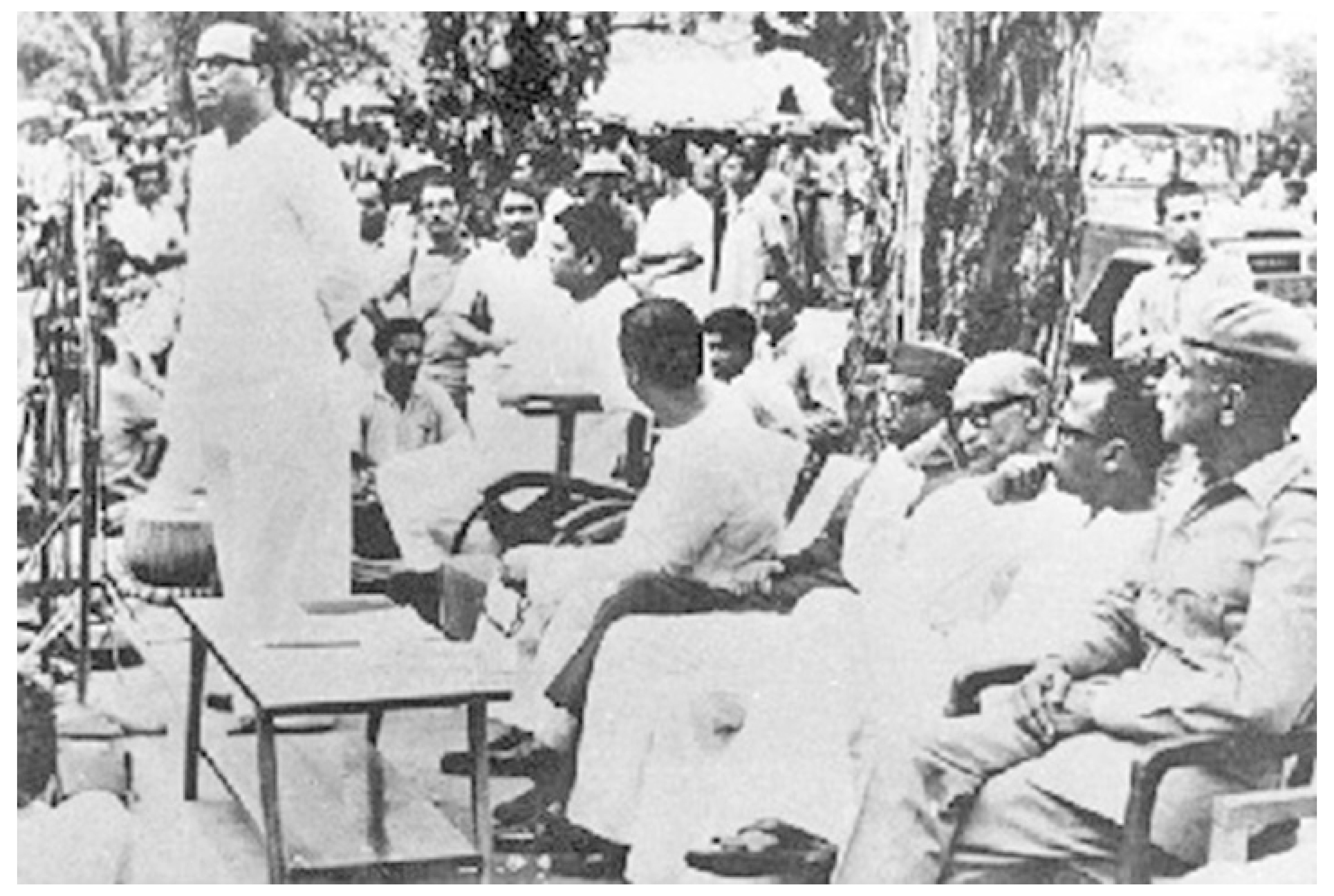Historic Mujibnagar Day
A Unique Day in History of Liberation War
Dr Amanur Aman
Published: 17 Apr 2024

Today is the historic Mujibnagar Day, a unique day in the history of the struggle for freedom of Bangladesh. On this day, 167 MNAs and 293 MPs elected were making the dream of an independent Bangladesh a reality. Under their able leadership and guidance, the first independent Bangladesh government was formed on this day and the declaration of this government strongly supported and approved Bangabandhu Sheikh Mujibur Rahman's declaration of independence on 26 March.
In this declaration, a call was made to the freedom-loving people to engage in the fight until death with an indomitable spirit to achieve freedom against the invading forces of Pakistan through their bravery, courage, and revolutionary activities to create national and international opinion in favour of an independent Bangladesh.
As a result of the formation of this government, support and cooperation were extended to the Bengalis from all over the world. After nine months of the war, the final victory was achieved by the Mujibnagar government on 16 December. Therefore, the importance and contribution of the Mujibnagar government in the history of our Liberation War will be remembered forever.

Twisting the mandate of the election heavily, Pakistani invading forces descended on the then East Pakistan with a killing spree on 25 March 1971. They forced Bangabandhu to be imprisoned.
Soon after this, resistance war of freedom-seeking masses, the War of Liberation began sporadically across the country. At one stage, the necessity of this war’s legitimacy was felt. At the same time, arms, training, and protection were also needed for freedom fighters. It was necessary to garner international support for the War of Liberation through diplomatic action.
And as a first task, a free zone was necessary to establish a legitimate independent government in warring Bengal territory. For this purpose, planning began based on the then Kushtia region.
The flag of the first independent Bangladesh was hoisted on the soil of Kushtia on 3 March 1971; the proclamation of independent Bangladesh was also read there. In sequence, the flag of independent Bangladesh was hoisted again on 23 March at Kushtia High School ground.
Kushtia was under Sector-8 during the Liberation War. This sector consists of Jashore, Kushtia, Daulatpur, Khulna up to Satkhira road, and some parts of Faridpur district. Major Abu Osman Chowdhury (later Lt Col) was the sector commander from April to August and later Major MA Manzur was the commander from August to December.
Major Abu Osman Chowdhury was serving in Kushtia as a Major in the Pakistan Army. When Operation Searchlight of the Pakistan government started on 25 March, he reached the base of Chuadanga, declared rebellion against the Pakistan Army, joined the War of Liberation, and continued to stay there.
Arriving there, he consulted with local political leaders, police, students, and teachers to revolt against the invading forces. He declared the western part of the Padma-Meghna as the south-western battlefield and declared himself the captain. He organised a guard of honour hoisting the Bangladesh flag at the 4th EPR headquarters.
Major Abu Osman Chowdhury and Captain Azam Chowdhury, based on the designs given by the then political leaders of Kushtia, landed in the first frontal battle against the Pakistan Army on 30 March.
On 1 April, Kushtia was freed for the first time in Bangladesh for 16 days. And these days were like a lifeline in the sanguineous history of the Liberation War of Bangladesh. When Bangabandhu Sheikh Mujibur Rahman was imprisoned in the dark lock-up of Pakistan, when Pakistan was desperate to show the Great Liberation War of Bangladesh to the world as a separatist movement, and when other great leaders of the Liberation War were in India collecting support for independence, then a free zone was very much needed in the land of Bangladesh for the formation of a government.
Standing at Baidyanathtala (now Mujibnagar) of Meherpur, the government of Bangladesh was formed by the elected leaders on that day. The Great War of Liberation was conducted under that government. The formation of this government was a rightful, constitutional, logical, and realistic step towards the full realisation of our dream of an independent country of our own.
After this, the Pakistan Army intensified its attack on Kushtia and recaptured it. Then in the long nine months, about 22 small and big battles took place in this region, and on 11 December, Kushtia was finally freed. Before that, Meherpur was freed on 1 December and Chuadanga on 6 December. According to various sources, about 20,000 people were killed in Kushtia during the War of Liberation.
The decision that was made that day was a very difficult one. The world community also described the same. The context of the formation of this government became the subject of interest of foreign journalists and diplomats. It is now historically true that had not the government been formed that day, the people's war and movements scattered across the country could not have been brought under a unified command and the freedom struggle could not have been accelerated.
____________________________________
The writer is a researcher and can be
contacted at: [email protected]

